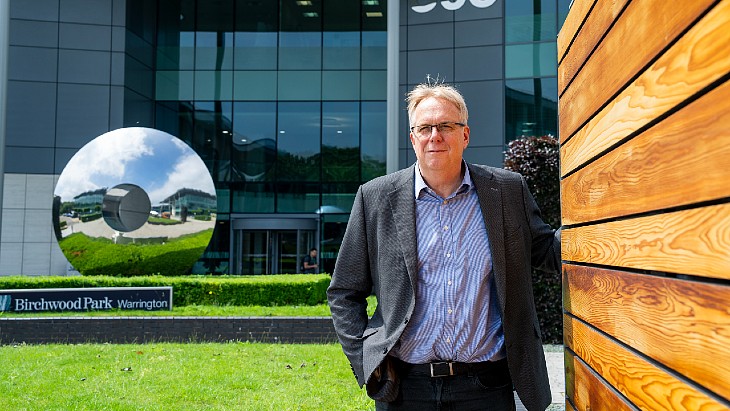On 28 March, Vatesi granted INPP permits to start industrial operation of a radioactive waste management facility and a radioactive waste storage facility.
Germany's Nukem Technologies GmbH was contracted by INPP for the design, construction and commissioning of the Solid Waste Retrieval Facility (B2) and the Solid Radioactive Waste Management and Storage Facility (B34). The project was executed on a turn-key basis. The state-of-the-art facilities - built by Nukem at a cost of about EUR200 million (USD216 million) - are for the retrieval, transport, characterisation, sorting, conditioning and storage of the short and long-lived radioactive solid waste that accumulated during the operation of Ignalina plant and waste being generated from its decommissioning. The facility has two separate storage compartments: one for the storage of 2500 cubic metres of short-lived waste and the other for 2000 cubic metres of long-lived waste. Radioactive waste can be stored in this storage facility for up to 50 years.
Since the end of 2017, the new Solid Radioactive Waste Management and Storage Facility has been operated in hot trials, using radioactive materials retrieved from the temporary storage facilities of the INPP units, treated, packed and stored in the new storage facilities. Based on the successful completion of this hot testing programme, Vatesi has approved the industrial operation of the facility.
The facility is a key element of the decommissioning of INPP and financed through the Ignalina International Decommissioning Support Fund (IIDSF). Established in 2001 and managed by the European Bank of Reconstruction and Development (EBRD), the fund has provided more than EUR830 million to date for the implementation of key decommissioning projects and the development of Lithuania's energy sector. The IIDSF is funded by the European Community as well as by Austria, Belgium, Denmark, Finland, France, Germany, Ireland, Luxemburg, the Netherlands, Poland, Spain, Sweden, the UK, Norway and Switzerland.
"We are proud that such a complex project and one of the biggest waste treatment and storage facilities for the past years in Europe were put in the industrial operation," said Nukem Managing Director Sergey Molodtsov. "It's a result of excellent teamwork and successful cooperation with INPP, EBRD, Lithuanian authorities, subcontractors and other stakeholders which were involved in the project. The project contributes to the safe and efficient management of radioactive waste and becomes a critical part of infrastructure needed for successful decommissioning of INPP."
Lithuania agreed to shut down Ignalina units 1 and 2 as a condition of its accession to the European Union. Unit 1 was shut down in December 2004 and unit 2 in December 2009.
Very-low-level waste repository
On 1 April, Vatesi also issued a permit for the transportation of waste to the very-low-level radioactive waste repository built in the Visaginas municipality and for tests to be conducted of the repository systems using radioactive waste for the first time.
The permit enables INPP to verify under real conditions that all equipment and repository systems comply with the technical design and nuclear safety requirements, that proper instructions and procedures are in place and staff are trained to operate the repository safely. For this purpose, INPP plans to use the waste accumulated in the radioactive waste buffer storage facility at the Ignalina plant site. It will be transported to the site of the repository and disposed of in the repository. Such actions are necessary before the industrial operation of the repository and will be carried out in accordance with the Vatesi approved repository commissioning programme.
The very-low-level radioactive waste repository - also being funded by the IIDSF - can hold up to 60,000 cubic metres of waste. INPP plans to place waste in the repository until 2038, when the repository will be closed. After closure, repository surveillance (radiological and environmental monitoring, physical security) will be carried out for another 30 years. The passive supervision of the repository will continue for a further 70 years. After this period, the landfill site will be able to be used without any restrictions.
"Successful implementation of the project is a consistent continuation of the INPP decommissioning and radioactive waste management process," said INPP General Director Audrius Kamienas. "The importance of this project is unquestionable in ensuring that radioactive waste is managed and stored in accordance with the highest and most modern requirements for nuclear and radiation safety.
"We have reached the second important stage in this project in order to attain the state when all INPP radioactive waste will be safely disposed of without leaving a burden on future generations."

.jpg)



_17992.jpg)
_75800.jpg)

_48360.jpg)

_96167_68292.jpg)

